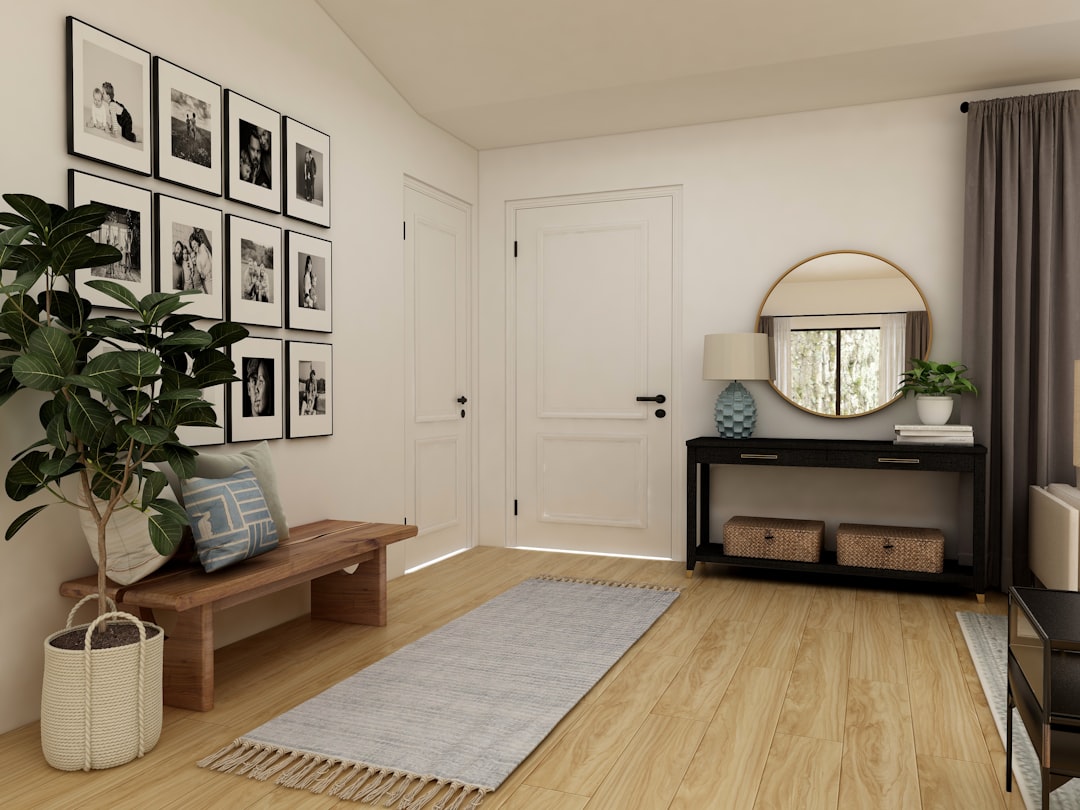Thesis: Bear Case for Floor & Decor Holdings (FND)
Floor & Decor (NYSE: FND) faces headwinds that outweigh its long-term growth story. Despite a broad product assortment and strategic expansion, weakening comparable-store sales, negative free cash flow, lofty valuation multiples, and a slowing home-improvement market signal that FND shares are likely to underperform in the near-to-medium term.
Financial Health
A review of key metrics highlights strains on profitability, cash generation, and balance-sheet flexibility.
| Metric | Latest Value (TTM or Q1 ’25) | Prior Period / Peer |
|---|---|---|
| Revenue | $4.60 B (TTM) | +4.6% YoY (Q2 ’25 vs Q2 ’24) |
| Net Income | $211 M (TTM) | –16% YoY (Q2 ’25 vs Q2 ’24) |
| Diluted EPS | $1.94 (TTM) | $0.45 (Q1 ’25) |
| Profit Margin | 4.59% | 4.59% (TTM) |
| Return on Equity | 9.73% | 9.73% (TTM) |
| Debt/Equity | 85.1% | 85% (mrq) |
| Total Cash | $177 M | |
| Levered Free Cash Flow | –$47.6 M (TTM) | |
| P/E (TTM) | 40.97x | Industry ~16x |
| Price/Sales | 1.93x | |
| EV/EBITDA | 20.8x |
Revenue rose 5.8% to $1,160.7 M in Q1 2025, yet comparable-store sales fell 1.8% and net income dipped 2.3% to $48.9 M. Operating margin ticked up only 10 bps to 5.5%. Negative levered FCF (–$47.6 M) and modest cash on the balance sheet ($177 M) limit the company’s ability to fund expansion without increasing debt or diluting shareholders. At nearly 41× trailing earnings and 36.5× forward P/E, FND trades at a premium despite slowing top-line momentum.

Flooring by Collov Home Design
Competitive Position
FND operates in a sector dominated by big-box chains Home Depot and Lowe’s, which together control over half of U.S. home-improvement sales.
- Market Niche: FND’s focus on hard-surface flooring offers selection depth, everyday low pricing, and a multi-channel approach. This specialization differentiates it from generalists but limits cross-selling of other home-improvement categories.
- Scale Disadvantage: With 257 warehouse stores (vs. ~2,200 for Home Depot and ~2,000 for Lowe’s), FND lacks the purchasing power for deep cost savings and national marketing reach.
- Barriers to Entry: New entrants must invest heavily in warehouse real estate, distribution networks, and vendor relationships. FND’s established national footprint is a deterrent, but regional flooring specialists and e-commerce pure-plays still pose threats.
- Industry Dynamics: High interest rates (6–7%) have curbed new housing starts and renovation spending. Professional (“Pro”) customers account for ~50% of FND’s sales, yet construction starts are down ~25% year-over-year, dampening the Pro segment.
Management and Governance
Tom Taylor’s tenure as CEO has steered the company through rapid expansion and IPO success, but current leadership faces tougher headwinds.
- Track Record: Under Taylor, FND grew from 160 stores in 2021 to 257 in mid-2025. The IPO delivered a 53% first-day gain in 2017.
- Strategic Initiatives: Management is tightening store-opening plans—from 25 to 20 in fiscal 2025—to conserve capital amid uncertain demand. They have navigated past tariff spikes with margin protection strategies.
- Corporate Culture: A strong emphasis on career development and community engagement fosters employee loyalty, yet high turnover and training costs in retail remain challenges.
- Governance Practices: Publicly listed since 2017, FND maintains standard board oversight and disclosure practices. No material governance controversies are evident, but elevated debt levels and negative cash flow warrant closer board attention.
Risks and Opportunities
Risks
- Market Risk: Persistently high rates could prolong weakness in home-improvement spending. FND’s beta of 1.69 suggests above-market volatility, amplifying downside if consumer sentiment worsens.
- Operational Risk: Negative free cash flow and tight liquidity raise refinancing concerns if credit markets tighten. Inventory growth (+5% to $1.2 B in Q1 2025) could lead to markdowns if demand falters.
- Regulatory Risk: Tariffs on imported flooring materials or new trade restrictions could squeeze margins. State-level environmental regulations on VOC emissions from adhesives and flooring could raise compliance costs.
- Competitive Risk: Aggressive promotions by larger rivals or e-commerce pure-plays on flooring may erode FND’s market share.
Opportunities
- Structural Growth: Over 50% of U.S. homes predate 1980, creating a multi-decade replacement cycle for flooring. Professional customers offer recurring, high-margin sales.
- Store Expansion: Long-term goal of 500 warehouse stores (vs. 257 today) provides a runway for geographic penetration in under-served markets.
- Margin Improvement: Continued sourcing diversification (reducing China dependence from 18% to mid-single digits) and supply-chain efficiencies could lift gross margins beyond the current 43.6%.
- Digital and Pro Services: Enhancing e-commerce, loyalty programs, and dedicated Pro support could boost basket size and customer retention.
TL;DR
Floor & Decor’s specialization and expansion strategy bode well for its long-term niche in hard-surface flooring. However, weakening comparable-store sales (–1.8% in Q1 2025), negative free cash flow (–$47.6 M TTM), high debt (85% equity ratio), and a premium 41× P/E amid a cooling home-improvement market underpin a bearish near-term outlook. Investors should weigh structural growth opportunities against immediate financial and macroeconomic headwinds before deploying capital into FND shares.